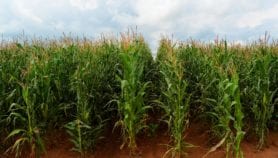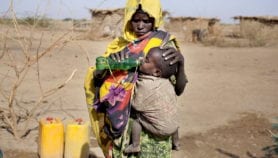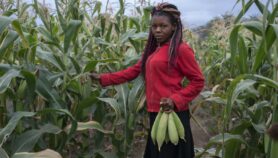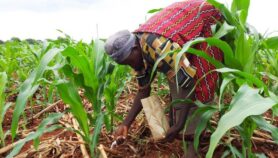23/06/23
Quarter of a billion at hunger risk after war, drought
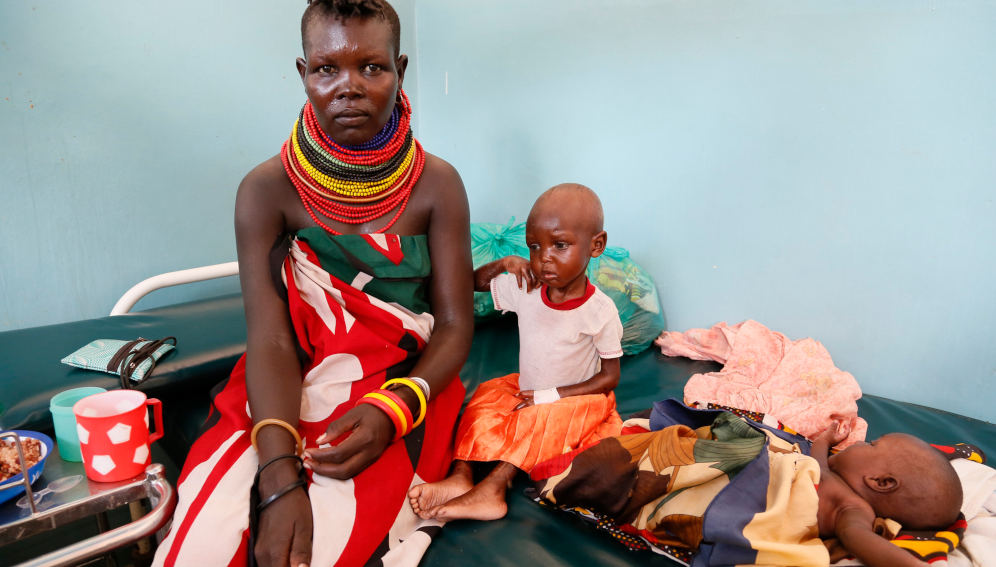
By: Scovian Lillian
Send to a friend
The details you provide on this page will not be used to send unsolicited email, and will not be sold to a 3rd party. See privacy policy.
[NAIROBI] Almost a quarter of a billion people are now at risk of hunger as conflict, drought and flooding combined to wreak havoc on farms and food supply chains in 2022, according to the latest report.
The proportion of people experiencing highest levels of acute food insecurity globally rose from 108 million in 2016 to around 258 million in 2022, representing nearly 140 per cent increase, the Global Report on Food Crises (GRFC) 2023 says.
It adds that eight East African countries had nearly 57 million people – or 22 per cent of people globally – who faced highest levels of acute food insecurity in 2022.
“The IGAD governments have done little to prevent food crises from recurring.”
John Recha, International Livestock Research Institute
The eight countries — Djibouti, Eritrea, Ethiopia, Kenya, Somalia, South Sudan, Sudan and Uganda — form Intergovernmental Authority on Development (IGAD), a trade bloc in East Africa, which contributed to the report.
The Africa section of the report, which was released by IGAD and the Food Security Information Network last week (14 June) as part of the Global Report on Food Crisis (GRFC) 2023, says the eight countries and many other countries in Sub-Saharan Africa are facing face acute food insecurity because of continuing conflicts, economic shocks resulting from COVID-19, and weather extremes including droughts.
“Pastoral livelihoods – the key livelihood activity across many of the worst-affected areas – were devastated by the drought. According to the most recent available estimate, 13.2 million livestock died across the [Horn of Africa] region due to a lack of pasture and water – 6.8 million in Ethiopia, 2.6 million in Kenya and 3.8 million in Somalia,” says the report.
The report also highlights how food insecurity is impacting children globally.
“In 30 of the 42 major food crises analysed in the GRFC 2023 where data on malnutrition were available, over 35 million children under 5 years of age suffered from wasting, with 9.2 million of them severely wasted (the most lethal form of undernutrition and a major contributor to child mortality),” the report explains.
Sara McHattie, the global coordinator for Food Security Information Network, added during the release of the report: “These data are evidence so that we can better address the needs of the people.”
She added that “15 countries were identified as potentially having acutely insecure food populations that we didn’t have the data to analyse”.
The report’s findings show the population facing high levels of acute food insecurity has increased for the fifth consecutive year, casting further doubt on the UN’s goal of ending hunger by 2030.
Drought, floods
Food crises in the global report are attributed to interconnected, mutually reinforcing drivers such as conflict and insecurity, economic shocks, and weather extremes including sustained drought in the Horn of Africa, devastating flooding in Pakistan, tropical storms, cyclones and drought in Southern Africa.
“The continent of Africa has the highest prevalence of food insecurity and the most affected countries around the world in terms of the number of the most affected people,” explained McHattie, adding that protracted conflicts in Afghanistan, the Democratic Republic of Congo, Ethiopia, Nigeria, and Syria often cause food insecurity in countries.
John Recha a scientist at the Climate-Smart Agriculture and Policy, International Livestock Research Institute, says that the report is accurate and timely with facts in place for IGAD member states, development partners and the international community to act with immediate relief measures.
“The IGAD governments have done little to prevent food crises from recurring,” Recha says.
“Recall that in a move to boost production, reduce import reliance and improve food security, leaders in 2003 at the African Union Maputo Summit pledged to commit at least 10 per cent of their national budgets to agriculture and rural development within five years.
“This has not happened.”
He calls for IGAD governments to create and implement long-term strategies to avert hunger crises in Africa and foster food sustainability.
The strategies include supporting efforts to increase agricultural productivity through developing and applying agricultural technologies such as drought-resistant seeds that can withstand climate change, creating an enabling environment by implementing favourable policies that enhance climate-resilient infrastructure, creating markets for agriculture, and supporting buying and storage of strategic grain reserves.
This piece was produced by SciDev.Net’s sub-Saharan Africa English desk.









